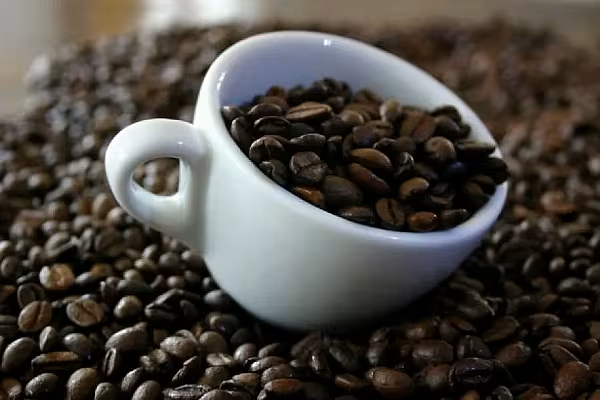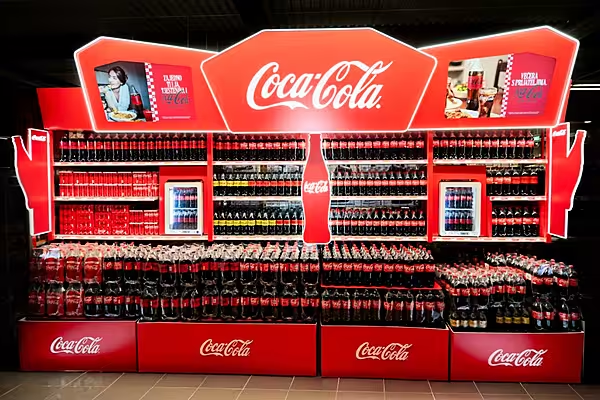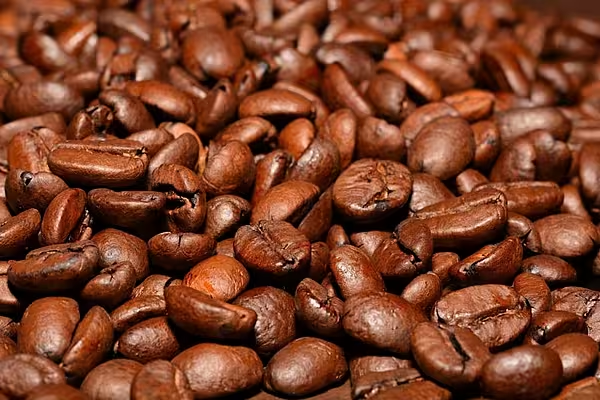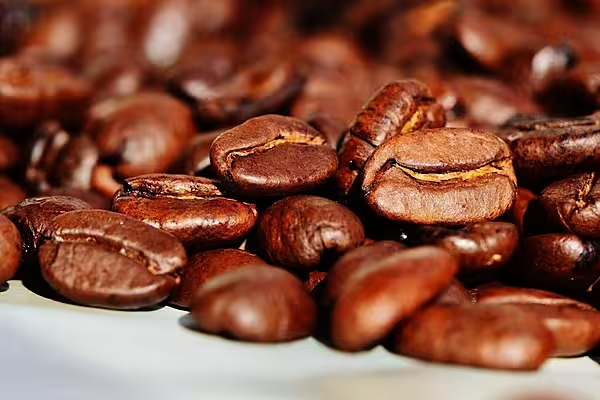Rain is falling across the coffee growing regions of top producer Brazil after one of the driest periods on record, but it may be too late for trees to fully recover before the new crop is harvested, say farmers and experts.
Coffee prices have repeatedly hit multi-year peaks over the past two years, driving up the cost to consumers worldwide and forcing some roasters to change blends and lower the quality of the coffee they sell.
Production problems in Brazil and Asia because of adverse climate conditions have meant supply has lagged demand for three years. If the next crop in Brazil comes in below potential, global supplies may again come in below demand.
"Next crop won't be big, we can already expect losses," said Alysson Fagundes, an agronomist at coffee research institution Fundacao Procafe in Minas Gerais, the top Brazilian coffee-growing state.
Farmers and agronomists in Brazil say the 2025 crop will be problematic even if the rains result in a good flowering in the coming weeks.
Rainfall
Procafe gathers data on the state of coffee fields in Minas Gerais. It said that at the end of September soils in the southern part of the state – the main coffee area – were lacking 250 millimetres (9.84 inches) of water when compared to ideal levels. That was the second largest oil moisture shortfall on record.
Coffee trees that have suffered from the dryness would have to use energy – once the rains return – to produce leaves, instead of fruits, according to agronomists. That means the chance of a good fruit load following the flowering is small.
"Trees lost too many leaves," said Jonas Ferraresso, an agronomist who advises coffee farms in Minas Gerais and Sao Paulo states.
"They will hardly have enough energy to develop fruits after the flowering."
Many farmers in the state of Sao Paulo opted to prune trees, because they were in such bad condition, coffee grower Osmar Junior told Reuters.
Farmers use the technique to stimulate the recovery of the plant, but that means the trees will not produce beans in the first year after pruning, only getting back to production in 2026, said the farmer.
"The crops are in the intensive care unit," Junior said. "Before they start producing, they will first need to be discharged from the hospital."
Irrigation Failing
The historic Brazil drought hurt even farmers using irrigation systems, since many water streams went dry.
"I have irrigation, but I have no water," said grower Mario Alvarenga, who owns two farms in the Cerrado Mineiro region.
His system failed to collect water from a nearby stream.
"In some days I could use irrigation for a couple of hours... then it completely stopped working."
Alvarenga said he produced 10% less in 2024, and estimates a similar fall in production for 2025.
If precipitation returns to average levels from now on, the trees would bounce back, said some traders.
"Most people have reduced their crop forecasts for next year, but not by much," said a European coffee trader. "By all accounts it is still going to be a pretty decent crop," he added, although he still expects supply to lag demand next year.
Coffee trees are resilient and can recover if the climate is conducive, said another European analyst working for a large trade house.
"The trees look bad, so one can make some assumptions. But they can bounce back," he said.














